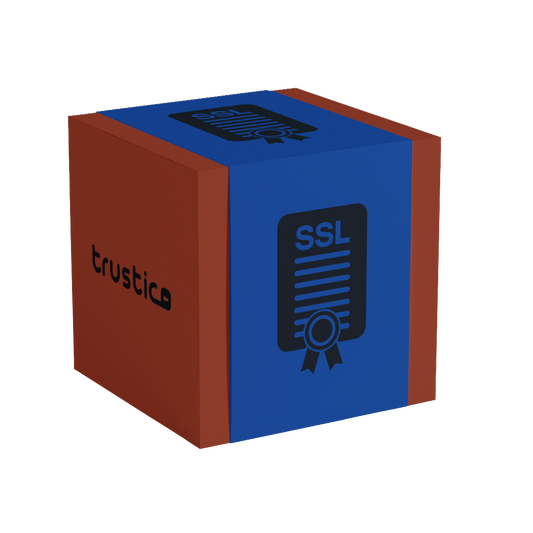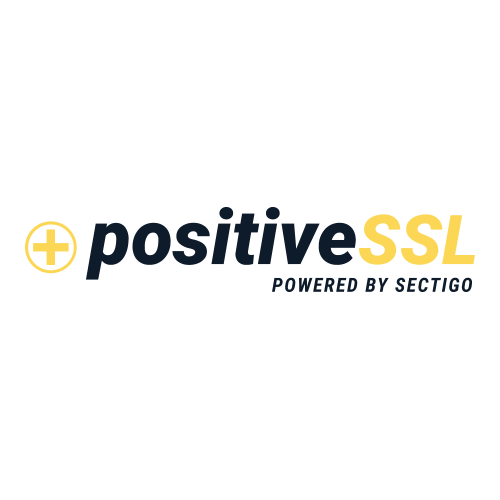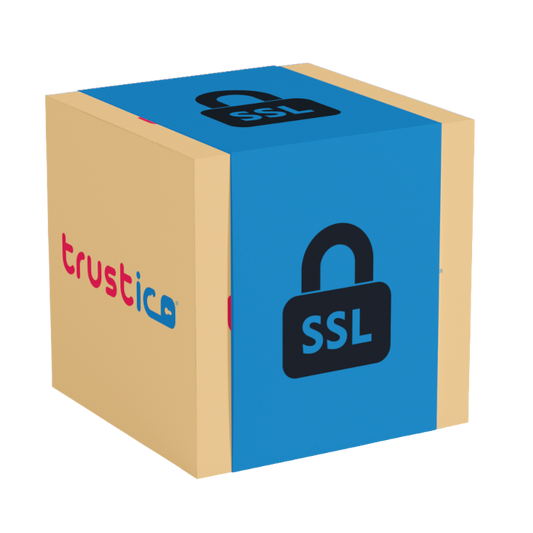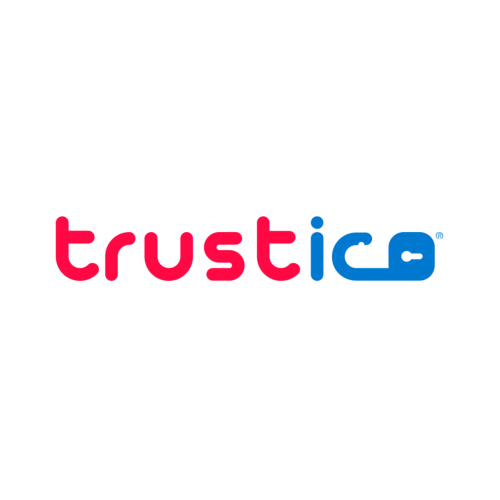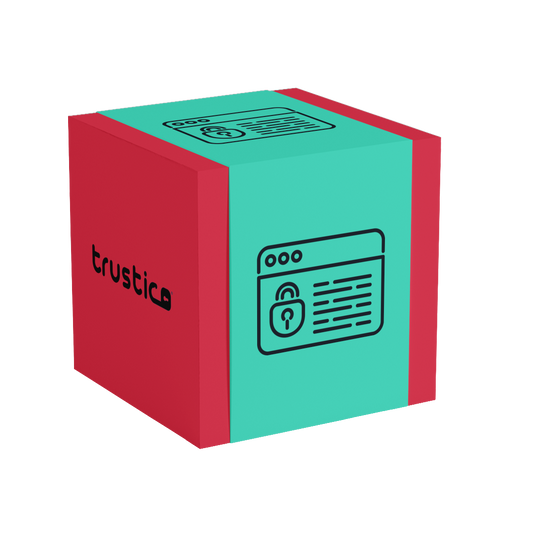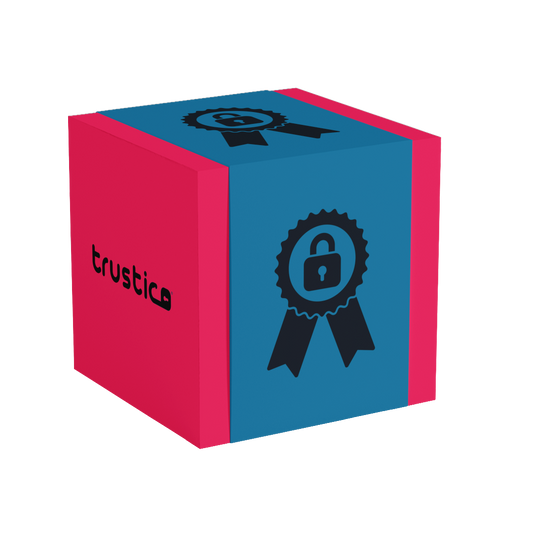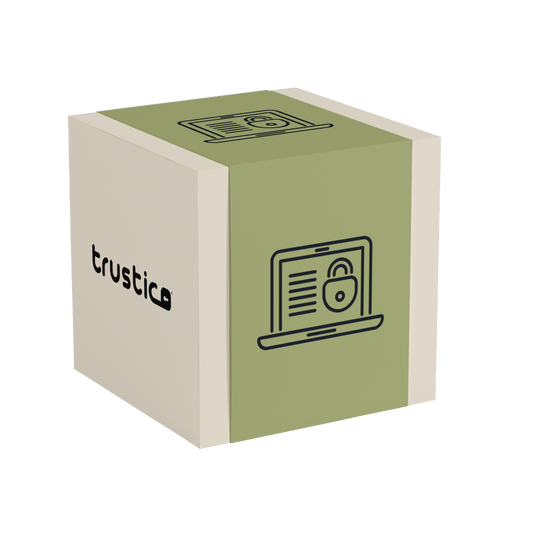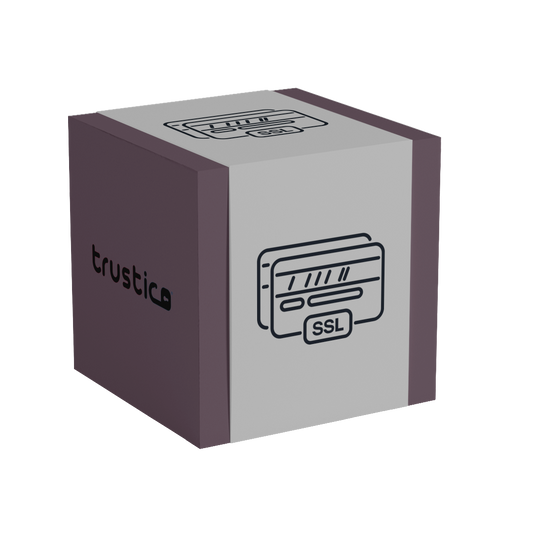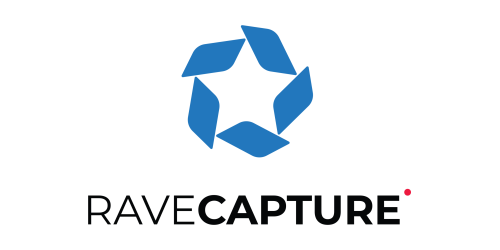File-Based Authentication for SSL Certificates
Ask Trustico® Assistant
For Instant Answers - Start Here When You Have a Question or Need Help

Securing Your Online Store with SSL Certificates
Trustico® provides the SSL Certificate solutions that online retailers need to establish secure connections, protect customer data, and build the trust that drives conversions.
Securing Your Online Store with SSL Certificates
Trustico® provides the SSL Certificate solutions that online retailers need to establish secure connections, protect customer data, and build the trust that drives conversions.

Trustico® Monitoring Protects Your Search Ranki...
By detecting issues before search engines encounter them, Trustico® Monitoring maintains the consistent security signals that protect and enhance your SEO investment.
Trustico® Monitoring Protects Your Search Ranki...
By detecting issues before search engines encounter them, Trustico® Monitoring maintains the consistent security signals that protect and enhance your SEO investment.

Trustico® Monitoring : Automatic SSL Certificat...
Trustico® Monitoring is specifically designed to prevent SSL Certificate expiration through an intelligent, multi-tier alert system that gives your business the time and information needed to renew SSL Certificates before...
Trustico® Monitoring : Automatic SSL Certificat...
Trustico® Monitoring is specifically designed to prevent SSL Certificate expiration through an intelligent, multi-tier alert system that gives your business the time and information needed to renew SSL Certificates before...

How GREASE from Google Protects the Future of S...
By randomly injecting unknown values into Transport Layer Security (TLS) connections, GREASE ensures that servers and network devices properly handle new protocol features rather than rejecting them.
How GREASE from Google Protects the Future of S...
By randomly injecting unknown values into Transport Layer Security (TLS) connections, GREASE ensures that servers and network devices properly handle new protocol features rather than rejecting them.

Delegated Credentials : The New Standard for Se...
Delegated Credentials provide an elegant solution to the private key distribution problem by separating the long-lived SSL Certificate from the short-lived credentials used to actually terminate Transport Layer Security (TLS)...
Delegated Credentials : The New Standard for Se...
Delegated Credentials provide an elegant solution to the private key distribution problem by separating the long-lived SSL Certificate from the short-lived credentials used to actually terminate Transport Layer Security (TLS)...

How Time Synchronization Affects SSL Certificat...
When a browser or application connects to a server over HTTPS, it compares these timestamps against the current system time to verify that the SSL Certificate is within its valid...
How Time Synchronization Affects SSL Certificat...
When a browser or application connects to a server over HTTPS, it compares these timestamps against the current system time to verify that the SSL Certificate is within its valid...

